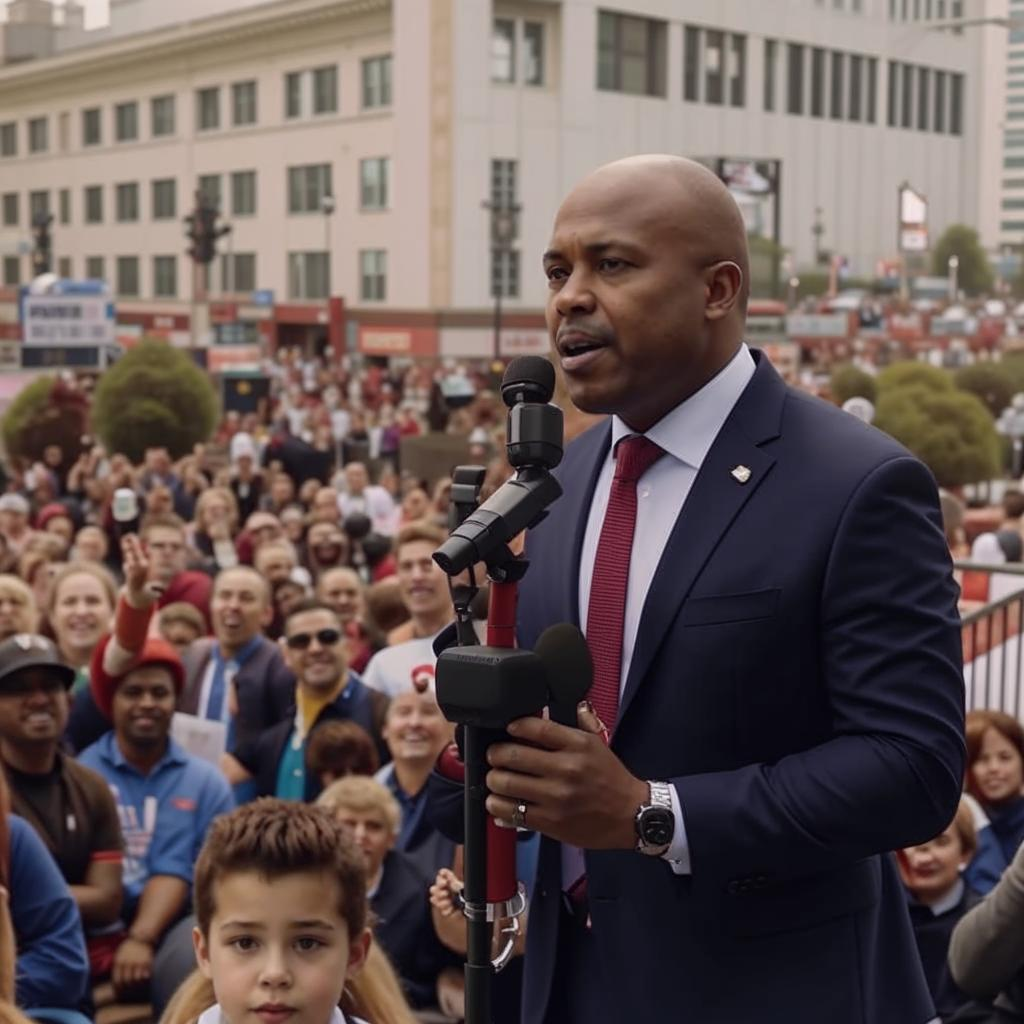Former President Trump’s signature trade policies, particularly his tariffs on imported goods, are increasingly at odds with a central promise of his political campaigns: the revitalization of American manufacturing. While the tariffs were initially presented as a tool to protect domestic industries and bring jobs back to the United States, recent data and on-the-ground reports suggest a more complex and often negative impact.
Many manufacturers, instead of experiencing a boost, have faced higher costs for raw materials and components sourced from overseas. This has led to increased prices for consumers and, in some cases, reduced competitiveness in the global market. The intended effect of encouraging companies to shift production back to the US has been hampered by factors such as labor costs, regulatory burdens, and the complexities of establishing new supply chains.
Furthermore, retaliatory tariffs imposed by other countries have negatively impacted American exports, particularly in the agricultural sector. Farmers have struggled to find new markets for their products, leading to financial hardship and further straining the economy.
The disconnect between the promised benefits of the tariffs and the reality faced by many businesses and workers raises questions about the long-term effectiveness of this trade strategy. It also presents a challenge for political figures who continue to champion protectionist measures as a solution to economic challenges. The complexities of global trade demand a more nuanced approach than simply imposing tariffs, and a reassessment of these policies may be necessary to achieve the desired outcomes. The initial enthusiasm for tariffs has waned as the negative consequences have become more apparent, creating a significant political and economic dilemma. Finishtit














